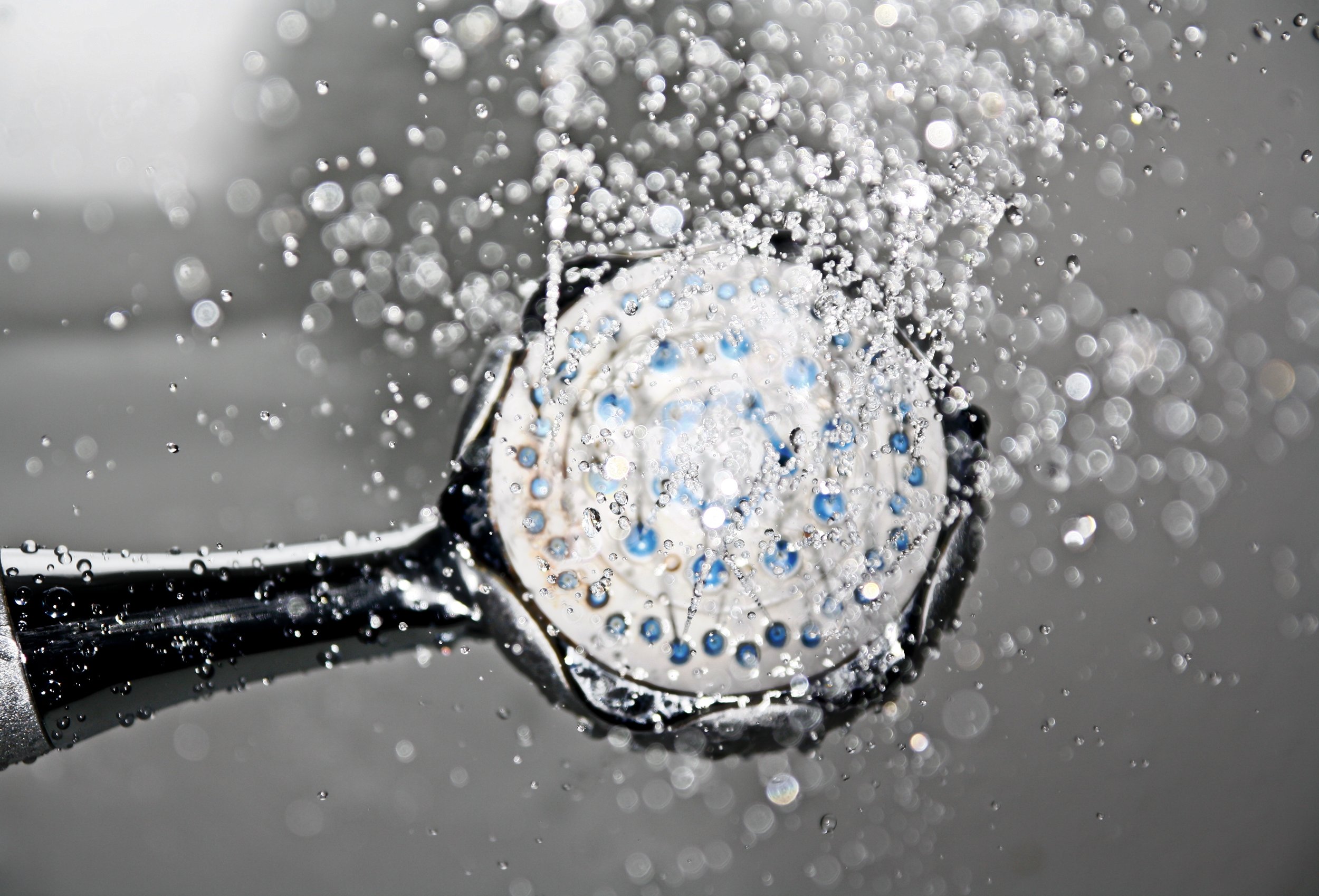This month I've prepared for you an at-home health-challenge: Contrast Hydrotherapy. The best part about it? It's free! Plus, it doesn't take long, and it's easy to integrate into your daily self-care routine.
Hydrotherapy
Hydrotherapy is the use of water for therapeutic purposes. Water has been used therapeutically around the world for centuries. From Native American sweat lodges, to Turkish baths, to mineral springs in Europe, to bath houses in Japan, people have used water in various ways for healing. Outside of hydrotherapy spas, mineral springs and bath houses, the use of water in home remedies is also common. Most of us have indulged in hot foot baths with a cold compress pressed to our foreheads when feeling under the weather, or enjoyed a warm epsom salt bath to unwind from the day's stresses. In sports medicine, various hydrotherapy treatments such as hot packs, cold packs and hot tubs are utilized to support healing. These simple hydrotherapy treatments can work wonders.
Naturopathic doctors often recommend different types of hydrotherapy, such as sitz baths, warming socks, and oatmeal baths, for various ailments, often in conjunction with other therapies. In my practice, I frequently encourage at-home hydrotherapy to complement my other recommendations. I love recommending at-home hydrotherapy because water is readily available to most people, and it is empowering because it directly involves my patients in their healing process.
Contrast Hydrotherapy
Contrast hydrotherapy is a type of hydrotherapy that utilizes alternating hot and cold water, in the form of compresses, baths, soaks or showers, to increase circulation and reduce congestion. Contrast hydrotherapy is excellent for supporting immune function, increasing your body's ability to deal with stress, and strengthening your nervous, circulatory, endocrine and musculoskeletal systems. It also helps increase blood flow to your organs of elimination.
The way it works is by using water to create a reflexive blood and lymphatic "pump". Since your circulatory system is a closed loop, any change in blood flow to the skin will affect blood flow to your other organs. The hot water causes your blood vessels to dilate (vasodilation) under the skin, which means increased blood flow to the skin, and away from your core. The cold water causes your blood vessels to constrict under the skin (vasoconstriction), which leads to more blood flow to the internal organs. The alternation of these actions causes a "pump"-like action, increasing movement of blood and lymph around the body.
You can use contrast hydrotherapy as a localized application to decrease congestion and increase circulation. For example, applying contrasting hot and cold compresses over your face to decrease congestion in sinusitis. For a daily general all over health tonifying effect, I often recommend contrast showers. Read on to learn how!
How to Take A Contrast Hydrotherapy Shower
Take your warm shower as usual. At the end of your shower, turn the hot water down as low as you can tolerate. Make sure you get the cooler water all over your body. After 30 seconds of cold, turn the hot water back up for 2 minutes. Then repeat a 30 second cold rinse. I usually recommend doing the hot-cold cycle 3 times, always ending on cold. If you don't have time to do alternating hot and cold, even just ending your shower with a 30 second cold rinse is great! After your last cold rinse, dry yourself off quickly, rubbing briskly. This helps your body to warm up afterwards. Even if at first you find it difficult to tolerate the cold phase, after a while, you may find that you can tolerate colder and colder temperatures as you do it more.
As with all new therapies, please consult with your doctor before trying this if you have a chronic health condition. Contrast hydrotherapy may be contraindicated in certain cardiovascular conditions, Raynaud's syndrome, diabetes, advanced kidney disease, pregnancy, neuropathy (lack of sensation), cold urticaria and cold induced hemolysis. If you feel lightheaded, dizzy, nauseous, or get chilled while doing contrast hydrotherapy, decrease the intensity or discontinue.
If you feel inspired, try it out! It's most beneficial if you do it regularly, so give it a month. See if you notice any improvements in your energy, mood, digestion, immune function, or pain. If you do try it, I'd love to hear about your experience!



